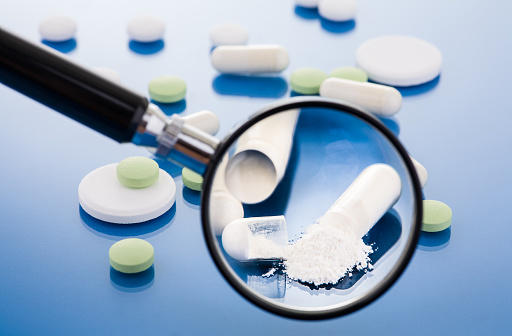03- IN-PROCESS CHECKS OF TABLET COMPRESSION · Check the status of the Q.C.'s released label and Report of Bulk in the batch production record file. · Check that the ingredients, containers, labels, and documents from preceding batches have been taken out. · Check the cleanliness of the ceiling, floor, doors, windows, and other surfaces. · Check the dust collector is turned on and operating correctly. · Check the HVAC system's functionality. · Check that the analytical balance, compression machine, and other tools are correctly cleaned and calibrated. · Check that everyone using protective gear is carrying it out correctly. · Check the physical characteristics...






